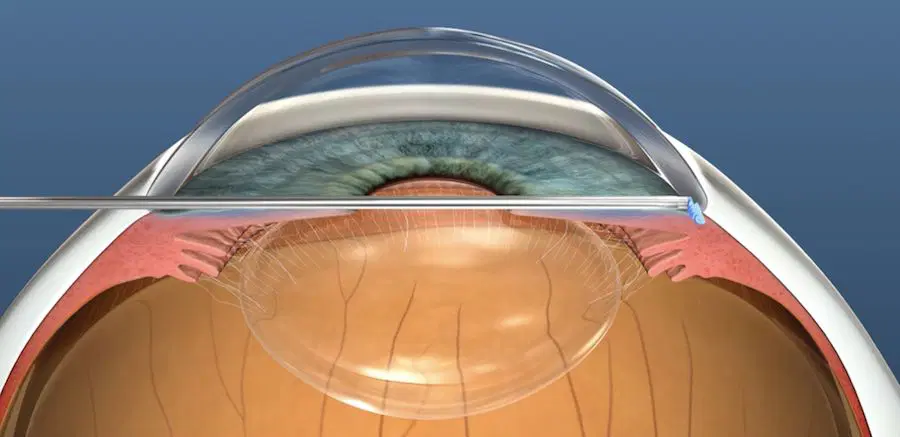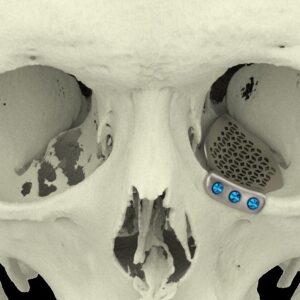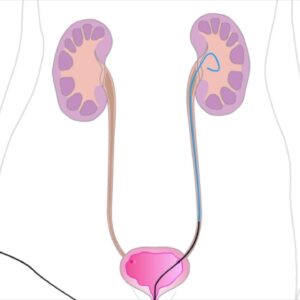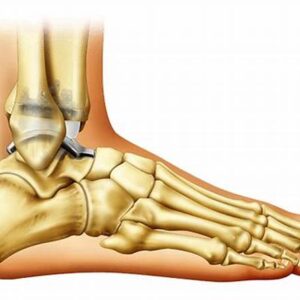Description
Minimally Invasive Glaucoma Surgeries (MIGS) are a group of surgical procedures that offer a less invasive alternative to traditional glaucoma surgery. Here’s a detailed explanation:
Familiarity with Treatment:
MIGS have become increasingly popular due to their safety profile and are often used when medication and laser treatments are insufficient. They are designed to reduce intraocular pressure (IOP), which is crucial in managing glaucoma.
Procedure:
MIGS involve making a small incision through which micro-scale surgical devices are inserted. These devices work by enhancing the eye’s natural drainage pathways to lower IOP. The specific procedure varies depending on the device used, such as the iStent, Hydrus Microstent, or others.
Who is it Suitable For?
MIGS are typically suitable for patients with mild to moderate open-angle glaucoma, especially those who have difficulty with medication compliance, cannot tolerate medication side effects, or need additional IOP reduction beyond what medications or laser treatments provide.
Who is it Not Suitable For?
Patients with advanced glaucoma, narrow-angle glaucoma, or those who have previously had certain types of eye surgeries may not be suitable candidates for MIGS.
Advantages:
- Reduced risk of complications compared to traditional surgery
- Shorter recovery time
- Often can be performed in conjunction with cataract surgery
- Less reliance on glaucoma medications post-surgery
Complications:
While MIGS are safer, they are not without risks. Complications can include:
- Incomplete IOP reduction
- Need for additional glaucoma surgery
- Infection
- Bleeding
Preoperative Care:
Preoperative care typically includes a thorough eye examination, IOP measurement, and possibly preoperative medications. Patients should follow their surgeon’s instructions regarding medication use before surgery.
Postoperative Care:
After MIGS, patients will need to use anti-inflammatory and antibiotic eye drops to prevent infection and inflammation. Follow-up visits are crucial to monitor the eye’s healing and IOP levels.






Reviews
There are no reviews yet.